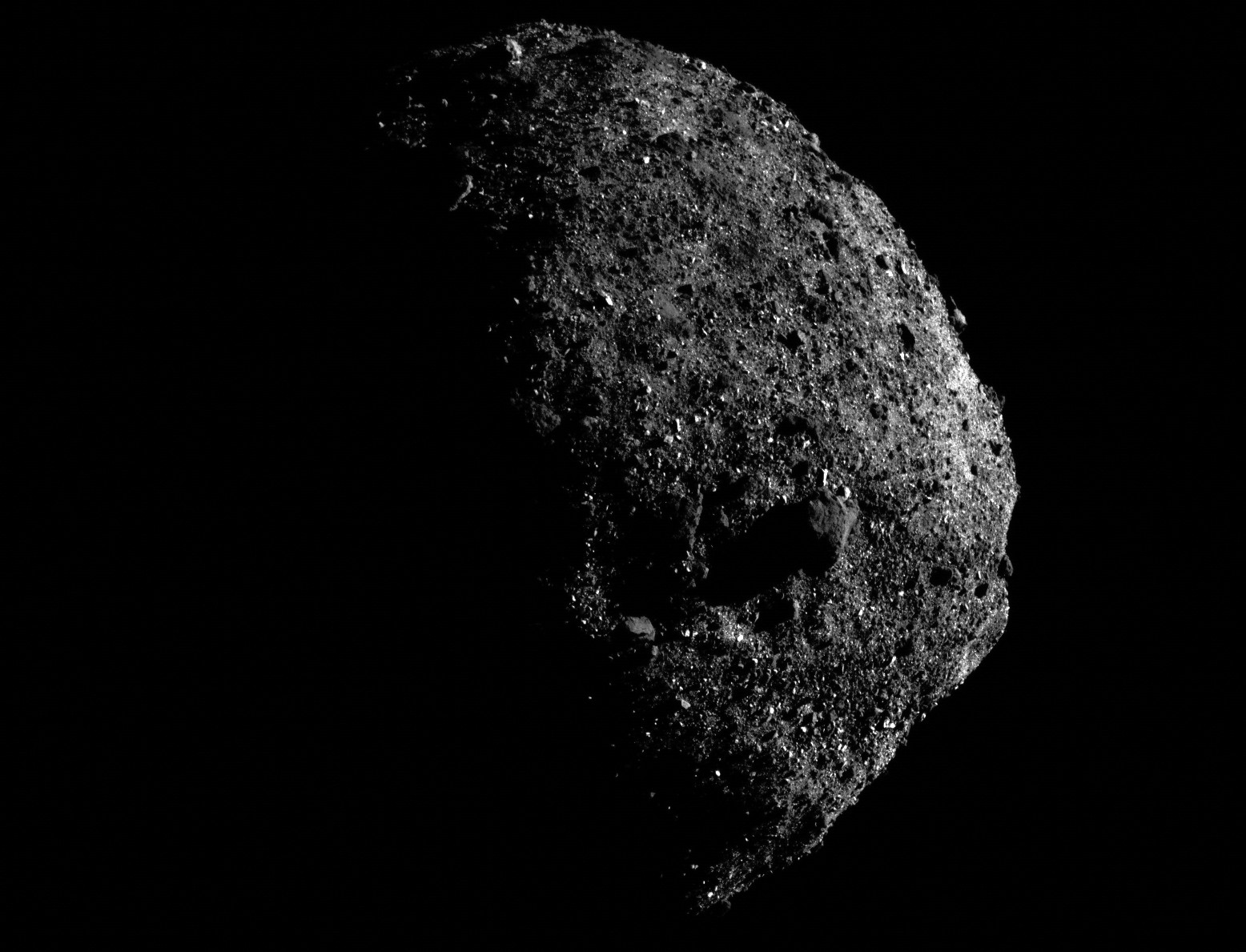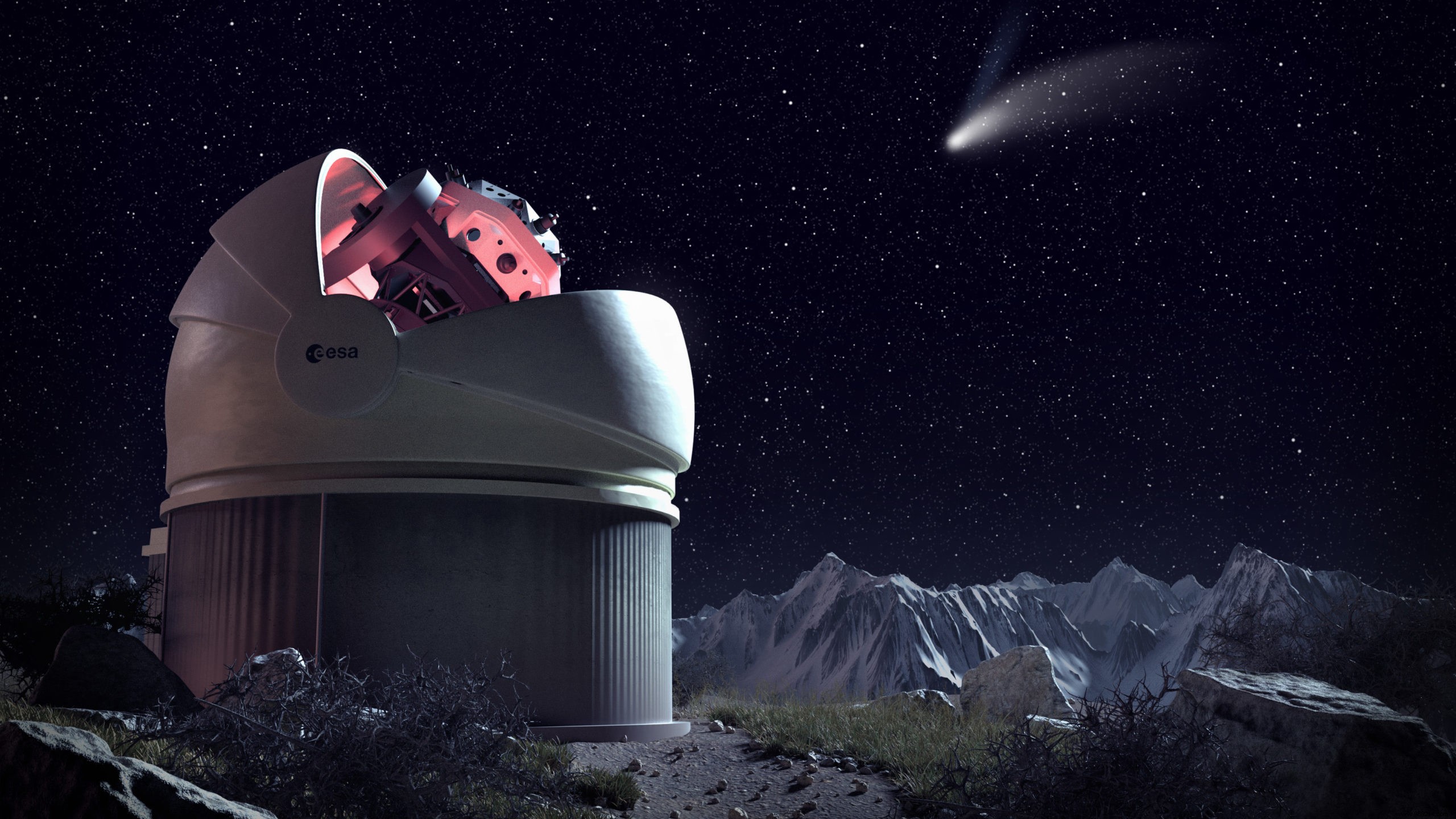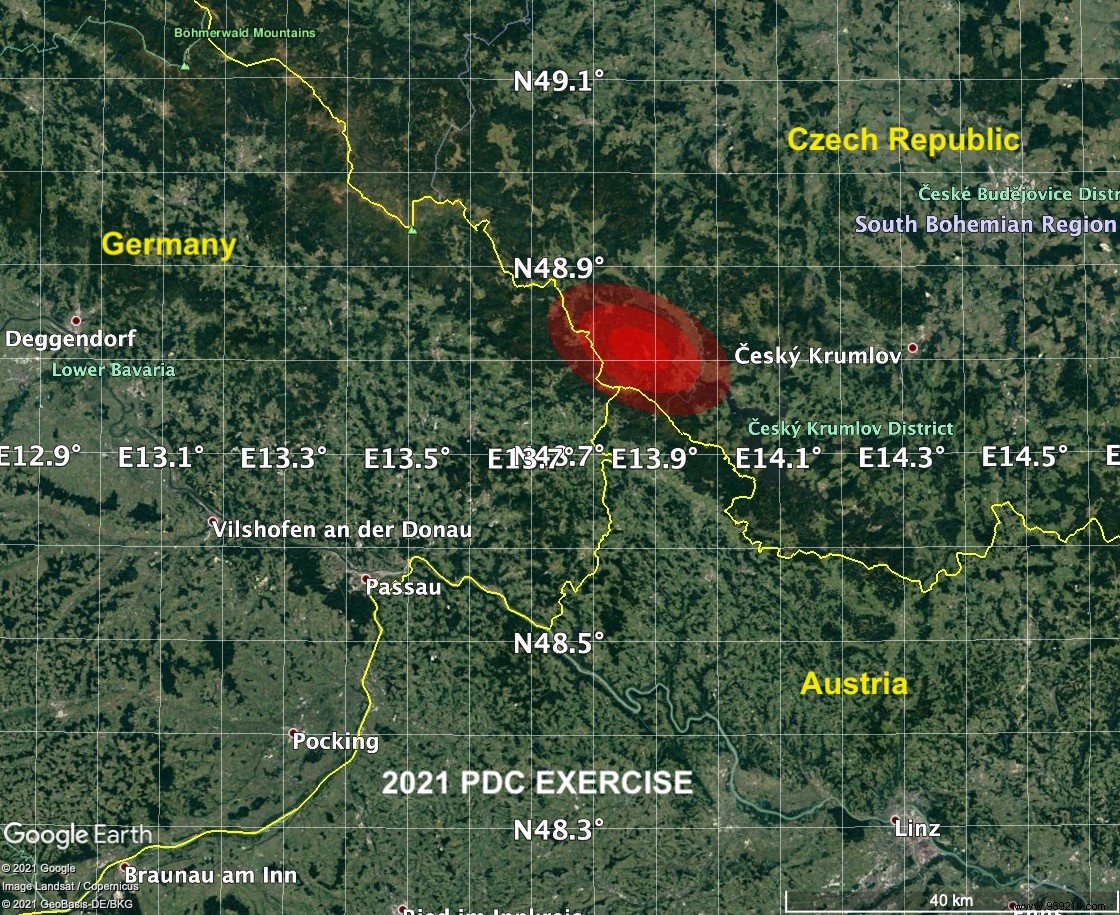How to react in case of possible impact? Will we even have the means to respond to this threat? What should we develop to better prepare ourselves? These are the questions that a group of researchers had to answer during a simulation.
As far as we know, no known asteroid poses a significant threat to Earth in the near future, but celestial mechanics, if obeying predictable laws, may also have some surprises in store for us. With this grim possibility in mind, the Center for Near Earth Object Studies at NASA's Jet Propulsion Laboratory has just wrapped up a project to simulate an impact scenario. This was the seventh exercise of its kind, which takes place every two years.
During this event, participants (US and international partners) took on various roles. Some were near-Earth object (NEO) observers, space agency officials, or emergency managers, while others were decision-makers, for example. The goal:to work together on predicting a possible impact by reacting to evolving situations.
Details of this year's exercise are available on the CNEOS website. Prior to the start of the simulation, participants were given a preliminary description of the fictional threat. It was an asteroid named "2021 PDC" discovered on April 19, 2021. The object was positioned at 57 million km Earth and its closest approach was scheduled to take place on October 20, 2021 (just six months later).
Initial hit probability was rated at 1 in 2,500 , which is relatively low, but this estimate was only based on two days of observations. The size of the object was not precise, with estimates ranging between 35 m and 700 m .

Everything got carried away very quickly. From day one, participants were indeed informed that the probability of impact was now assessed at 1 in 20 , or 5%. For your information, a real organized response would be triggered with a probability of 1 in 100.
By the second day of the exercise, participants learned that the asteroid now had a 100% chance of crashing into Earth on October 20. The object will strike somewhere in Europe or North Africa. However, its size remains uncertain.
From then on, the team started thinking about possible mitigation strategies (destruction/hijacking with nukes). After some thought, it finally came out that if this fictional scenario were real, we would have no way to avoid the impact . We would indeed be unable to launch a spacecraft aimed at taking care of such a target in such a short time.

On the third day (two months have passed since the asteroid was first detected), the team was informed that the impact would take place in an area of Europe power station extending over 800 km long and 250 km wide. Countries at risk include Germany, the Czech Republic, Austria, Slovenia and Croatia. The size of the asteroid has been reduced to about 140 meters wide.
With this data in hand, the researchers estimated a 21% chance that more than one million people would be affected, and a 74% chance that more than 100,000 people are affected. In the worst case, 6.6 million people would be affected up to 250 km from the point of impact.
On days 4 and 5, scheduled for Thursday and Friday, the data made it possible to specify the location of the impact.

Despite everything, this type of simulation allows better prepare. According to the team, improved detection capabilities could indeed reduce uncertainty and prevent the worst. Researchers discuss the launch of NASA's next NEO Surveyor space telescope, ESA's second Test-Bed telescope in Chile, which has just entered service, or ESA's Flyeye telescope currently under construction in Italy.